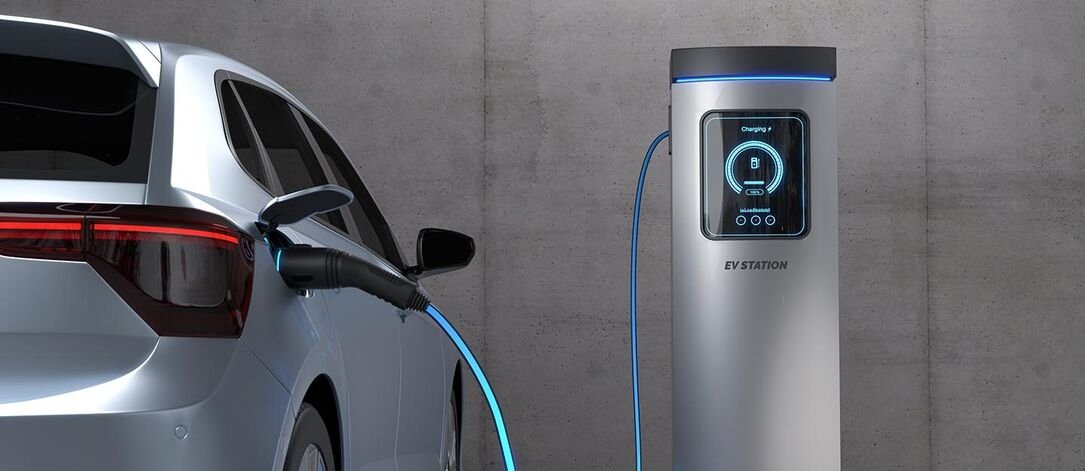With over 3.6 million EVs currently in use nationwide, electric vehicles are swiftly becoming a common sight on American roads. However, charging at home is still not an option for the millions of people who live in apartments or condos.
While public charging stations at malls and supermarkets might be useful in an emergency, they are frequently too far away, already occupied, or simply too inconvenient for regular use. This scenario is where laws known as “right-to-charge” are useful.
Even if their building management forbids it, these new state and local regulations are meant to make it simpler—and legal—for condo owners and renters to install chargers at home.
Let’s examine where these laws currently exist, what obstacles still exist, and how they might permanently alter EV ownership.
Right-to-Charge Laws: What Are They?
Simply put, residents of multi-unit buildings have the legal right to install an EV charging station, usually in their designated parking space, thanks to “right-to-charge” laws.
These laws are important because, even in cases where residents are willing to pay for charger installations, many landlords, property managers, or homeowners’ associations (HOAs) still have the authority to postpone or refuse them.
Right-to-charge legislation removes that obstacle. Property managers cannot deny requests without a good reason, even though EV owners are typically in charge of installation, upkeep, energy use, and insurance.
Which states have laws allowing for the right to charge?
By 2025, right-to-charge legislation had been enacted or proposed in over a dozen states and municipalities. Here is a brief synopsis:
The first state to enact legislation granting the right to charge was California. It enables both renters and condo owners to install chargers in designated parking spaces. Owners of real estate may set reasonable restrictions but not outright refusals.
Colorado: Because HOAs cannot unjustly forbid charger installations, renters and condo owners have a clear legal path to home charging.
Florida: Condo owners may install EV chargers in their designated locations as long as they adhere to safety and metering regulations.
Illinois: All new residential developments must be EV-ready, including having conduit and wiring already installed, in accordance with the Electric Vehicle Charging Act.
New York: HOAs are required to make room for shared areas and cannot unjustly prohibit the installation of chargers in assigned parking spaces.
Maryland, New Jersey, Oregon, Virginia, Hawaii, and Washington, D.C., are among the other states that offer comparable protections. Bills are in the works for several others.
The Significance of These Laws
The majority of EV charging takes place at home. However, if you live in a building without charging stations, you may put off or never buy an EV.
That leads to a genuine equity problem. While renters frequently rely on public chargers, which are more costly, more difficult to locate, and less convenient, homeowners with garages can plug in and charge overnight.
Leveling the playing field is the goal of right-to-charge laws, particularly in urban and suburban areas where apartment living is common.
The Obstacles That Remain
Despite being a significant improvement, these laws do not resolve all issues. Many locals still encounter obstacles despite having legal protections:
1. Costs of Installation
It can cost $1,000 to $6,000 or more to install a charger, particularly in older buildings that require electrical upgrades. The price tag is a significant financial barrier for many condo owners and renters.
2. HOA and Landlord Opposition
Landlords and associations can cause delays even in states with right-to-charge laws by requesting excessive paperwork, insurance policies, or engineering reports.
3. Deficits in infrastructure
The electrical capacity of many older buildings is insufficient to accommodate EV chargers. Even a few installations could overwhelm the system without expensive upgrades.
4. Unassigned parking and shared garages
There is no obvious way for residents without assigned spaces to have chargers installed. Determining charger locations and cost allocation can quickly become complex.
What Help Is Being Done?
Several states and cities are providing incentives and support programs to help right-to-charge laws function in the real world. These include:
Grants and rebates: Up to 80% of installation costs are currently covered by state programs and certain utility companies.
Simplified permitting: To facilitate the installation of chargers, local governments are developing quicker and easier approval procedures.
EV-ready building codes: New construction must now have charging infrastructure from the very beginning in places like San Francisco and Seattle.
Turnkey charging solutions: Businesses such as ChargePoint, EVmatch, and EverCharge provide services that take care of everything, from installation to billing, which makes life simpler for building managers and tenants.
Is It Going to Work?
In summary, the answer is “yes,” but not immediately.
Over the coming years, more states are probably going to enact right-to-charge legislation as it is becoming more popular. However, legal reform is only the beginning. Enforcing these laws, providing incentives to residents, and funding infrastructure improvements are all necessary to make them effective.
The pressure is increasing. More renters and condo owners will want access to home charging as EV sales rise, and legislators and landlords will need to adapt.
Concluding remarks
A clean, equitable transportation future depends on enabling EV ownership for all people, not just homeowners. We can get there with the help of right-to-charge laws, but their effectiveness hinges on funding, flexibility, and implementation.
If you live in a condo or rent a property and want to switch to electricity, educate yourself. Even though these laws aim to assist you, the first step is to understand your rights.
Are you interested in learning more about the latest developments in EV regulations, charging technology, and city initiatives to promote clean transportation? Continue reading the blog; our goal is to keep you updated and moving forward.






